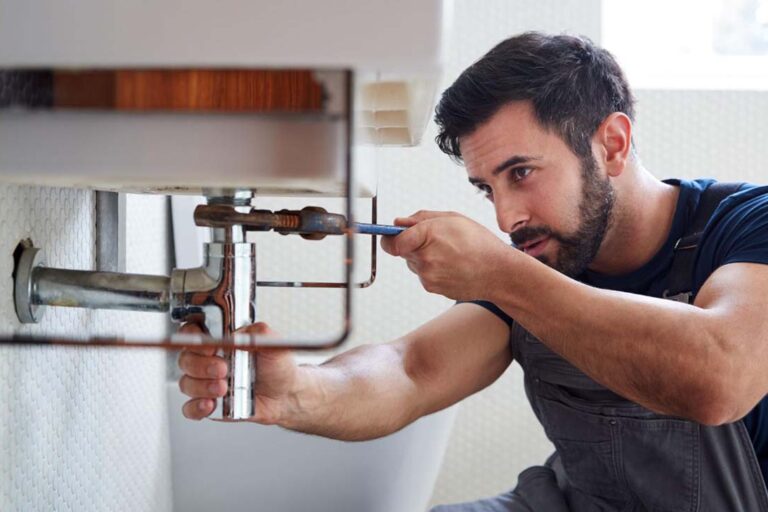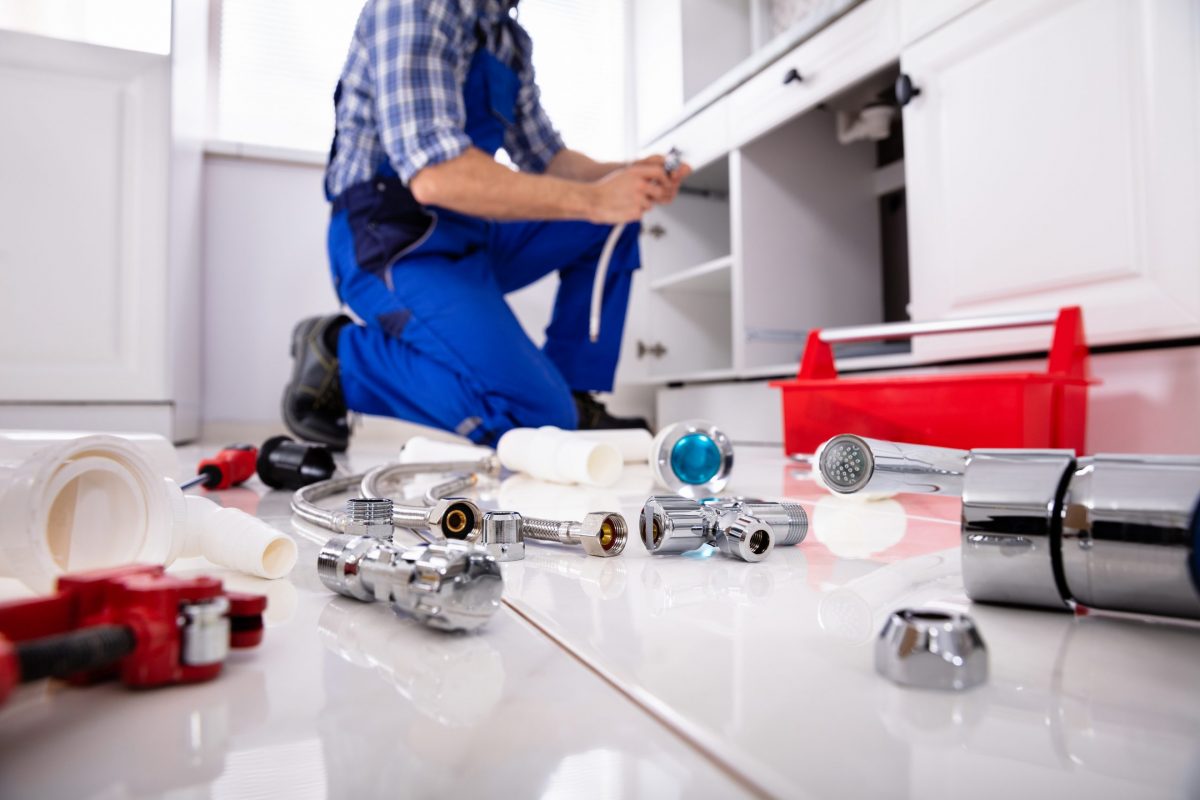The article listed below about DIY Plumbing Projects and When to Call a Professional is rather entertaining. Check it out yourself and see what you think of it.

Introduction
Plumbing problems can range from minor troubles to significant frustrations, commonly triggering home owners to make a decision in between dealing with the issue themselves or hiring a professional plumbing technician. Knowing when to DIY and when to look for expert assistance can conserve time, money, and prevent potential disasters. This short article discovers the variables to consider when making this crucial decision.
Benefits of Do It Yourself Plumbing
Tackling plumbing jobs on your own can be gratifying in a number of means, especially for less complex projects.
Expense Cost savings
Do it yourself plumbing projects typically save cash by staying clear of specialist service charge. Tasks like repairing minor leakages, replacing faucets, or installing new showerheads are instances where house owners can handle repair work without hiring a plumber.
Skill Enhancement
Participating in do it yourself plumbing supplies a possibility to learn and enhance functional abilities. Basic jobs encourage homeowners to understand their plumbing systems better and acquire self-confidence in handling tiny fixings independently.
Risks of DIY Pipes
While do it yourself projects use advantages, certain risks must be thoroughly considered prior to trying repair services.
Intricacy of Jobs
Some pipes problems call for specific understanding and tools past typical house owner capacities. Mishandling intricate issues can cause further damages and expensive fixings.
Safety and security Concerns
Dealing with pipes systems entails dangers such as exposure to water damage, possibility for electrical hazards, and dealing with tools improperly. Security safety measures have to be observed to stop mishaps and make sure reliable repair work.
Indicators to Call a Professional Plumbing Technician
Identifying when a plumbing concern goes beyond do it yourself capacities is crucial to stop aggravating problems.
Indicators of Facility Issues
Examples consist of:
Trigger expert treatment is required to resolve these issues properly and decrease damage.
Do It Yourself Pipes Tips
For successful do it yourself plumbing, it's necessary to be prepared with the right tools and follow appropriate treatments.
Standard Tools and Materials
Trick tools for do it yourself plumbing:
Step-by-Step Guides
Clear instructions guarantee risk-free and effective do it yourself repair work:
Picking the Right Time to Do It Yourself
Identifying when to tackle plumbing jobs on your own requires evaluating both the intricacy of the concern and personal comfort degrees.
Assessment List
Consider:
When to Definitely Call an Expert
Specific circumstances require prompt professional focus to stop substantial damages or safety dangers.
Examples include:
Finding and Employing a Specialist Plumbing Professional
Picking a qualified plumber makes certain reliable service and satisfaction in dealing with pipes concerns.
Standards for Option
Elements to take into consideration:
Cost Evaluation: DIY vs. Specialist Services
Comparing the financial effects of DIY initiatives versus specialist plumbing solutions assists in making educated choices.
Financial Considerations
Review:
Final thought
Making a decision whether to do it yourself or call an expert plumbing technician depends upon understanding the intricacy of plumbing problems and individual capabilities. By weighing the benefits and threats, homeowners can make enlightened selections that advertise efficient maintenance and safeguard their homes from plumbing calamities.
DIY Plumbing Projects: What Homeowners Can Do and When to Call a Professional
Welcome to our comprehensive guide on DIY plumbing projects. In this blog post, we aim to empower homeowners with the knowledge and skills to tackle basic plumbing tasks around the house. From unclogging drains to fixing a leaky faucet, we’ll walk you through step-by-step instructions on how to handle these common issues.
However, not all plumbing problems can or should be solved with a DIY approach. Recognizing when a problem is beyond your skill level and requires professional intervention is just as important as knowing how to perform basic tasks. We’ll also discuss the signs that indicate it’s time to put down your tools and pick up the phone to call a professional plumber. By understanding when to DIY and when to call a professional, you can save time, avoid potential disasters, and ensure your home’s plumbing system remains in top shape.
Understanding Plumbing Basics
Before we dive into the DIY projects, let’s take a moment to understand the basics of your home’s plumbing system. A typical residential plumbing system consists of two major components: the water supply system, which brings fresh water into your home, and the drainage system, which removes waste water. These systems are made up of a network of pipes, valves, and fixtures that work together to deliver clean water and dispose of waste efficiently.
Regular maintenance of your plumbing system is crucial to prevent minor issues from escalating into major problems. This includes tasks like checking for leaks, removing minor clogs, and ensuring your pipes are insulated for winter. By performing these tasks regularly, you can extend the lifespan of your plumbing system, save money on water bills, and maintain the comfort and hygiene of your home.
In the following sections, we’ll explore some common DIY plumbing projects that homeowners can handle, as well as situations that require the expertise of a professional plumber. Whether you’re a seasoned DIY enthusiast or a beginner, this guide will provide you with valuable insights into the world of home plumbing.
DIY Plumbing Projects Homeowners Can Handle
Plumbing may seem intimidating, but there are several tasks that homeowners can confidently tackle with a little guidance and the right tools. Here are a few common issues you might encounter and how to address them.
Unclogging Drains
Use a Plunger: This is your first line of defense. A good old-fashioned plunger can dislodge the obstruction and clear the drain in many cases. Try a Plumber’s Snake or Hand Auger: If the plunger doesn’t work, a plumber’s snake or hand auger can reach deeper into the pipe to break up the clog. Use a Drain Cleaner: If physical methods fail, a chemical drain cleaner can dissolve the clog. However, use these products sparingly as they can damage your pipes if overused.

We were made aware of that report about When to DIY and When to Call a Professional Plumber from a pal on a different domain. Enjoyed our blog entry? Please share it. Help others find it. I am grateful for being here. Don't forget to check our site back soon.
Request Estimate